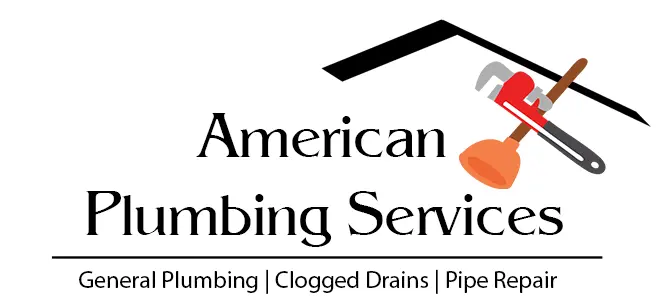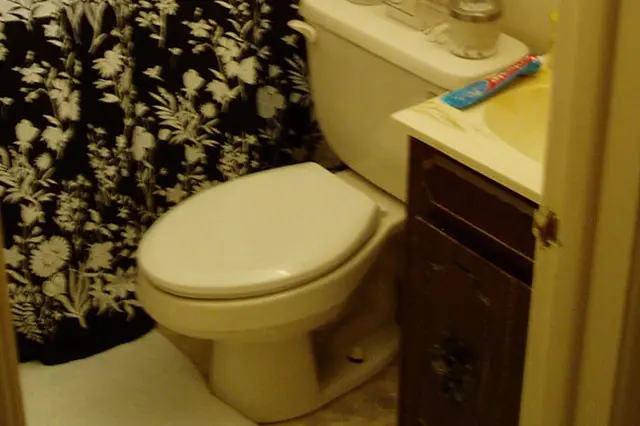
What do plumbers use to unclog toilets?
Are you tired of dealing with a clogged toilet? Do you cringe at the thought of plunging and using harsh chemicals to clean it out? Well, fear not! In this blog post, we’ll explore what plumbers use to unclog toilets and provide some tips on how you can do it yourself. Say goodbye to those pesky blockages and hello to a smoothly running bathroom.
What do plumbers use to unclog toilets?
The most common tool that plumbers use to unclog toilets is a plunger. A plunger creates suction and uses the force of the suction to clear the clog. To use a plunger, the plumber will first add water to the toilet bowl to help create the suction. Then, they will place the plunger over the toilet bowl and push and pull the plunger up and down to create the suction. The suction will help to dislodge the clog so that it can be flushed away.
In some cases, a plumber may need to use a snake or auger to clear a toilet clog. A snake is a long, flexible rod that is inserted into the toilet bowl through the drain. The snake will help to dislodge the clog so that it can be flushed away. An auger is similar to a snake but it has a spiral-shaped blade that helps to cut through tougher clogs.
With the right tools and knowledge, you can unclog your own toilet. We’ll go into more detail in the following sections of this blog post.
The Different Types of Clogs
There are four main types of clogs that can occur in toilets: solid waste, paper towel waste, feminine hygiene product waste, and grease and oil waste.
Solid waste clogs are the most common type of clog, and are usually caused by items such as toilet paper, diapers, or baby wipes that have been flushed down the toilet. Paper towel waste clogs are less common, but can still happen if someone tries to flush a paper towel down the toilet. Feminine hygiene product waste clogs are also relatively uncommon, but can occur if someone flushes a tampon or pad down the toilet. Grease and oil waste clogs are the least common type of clog, but can happen if someone pours grease or oil down the drain.
How to Prevent Clogged Toilets
There are a few things you can do to prevent clogged toilets:
-Don’t flush anything other than human waste and toilet paper down the toilet. This includes feminine hygiene products, diapers, wipes, and cotton balls.
-Install a toilet plunger next to every toilet in your home. Use the plunger to loosen any debris that may be stuck in the drain before it has a chance to clog the toilet.
-Pour a cup of baking soda down the drain once a month. Follow up with a cup of vinegar. The combination will help break down any build-up in the pipes.
-Check the pipes for leaks. Leaks can lead to slow drains which can eventually cause a clog.
-Make sure your toilets are well maintained and don’t show any signs of damage or wear. Damaged toilets are more likely to clog than those that are in good condition.
-If you have older toilets, consider replacing them with newer, more efficient models. Newer toilets are designed to use less water and are less likely to experience clogs.
Plumbing Tips for When You Have a Clogged Toilet
If you’ve ever had a clogged toilet, then you know how frustrating it can be. You might be tempted to call a plumber right away, but there are a few things you can do first to try and unclog the toilet yourself. Here are some plumbing tips for when you have a clogged toilet:
– Don’t flush! This may seem like an obvious one, but it’s important to remember not to flush the toilet if it’s clogged. Flushing will only make the problem worse and could cause sewage to back up into your home.
– Try using a plunger. Plungers are designed specifically for unclogging toilets, so this is usually the first thing you should try. Make sure you have a good seal on the plunger and use firm, consistent strokes.
– Use hot water. Boiling water can help break up whatever is causing the blockage in your toilet. Be careful not to pour too much at once, as this could crack the porcelain. Slowly pour a pot of boiling water into the bowl and wait a few minutes before plunging again.
– Try a plumber’s snake. If plunging and hot water don’t seem to be doing the trick, then you can try using a plumber’s snake. This is a long, flexible wire that can reach deep into the pipes to clear out any stubborn blockages.
How to Unclog a Toilet Yourself
There are a few different ways that you can unclog a toilet yourself, without having to call in a professional. The first thing you’ll need to do is assess the situation and see what type of clog you’re dealing with. If it’s a simple blockage, you may be able to use a plunger to get things moving again. Just make sure to cover the overflow hole with your plunger before getting started.
If the plunger doesn’t do the trick, you can try using a kitchen sink auger. This tool is specifically designed for clearing out drains, and it can be very effective on toilet clogs. Just insert the auger into the bowl and start cranking until you feel resistance. Once you hit the blockage, keep cranking until it breaks through. Then, flush the toilet to clear away any debris.
If neither of these methods works, your next best bet is to use a chemical drain cleaner. Be very careful when using these products, as they can be very harsh on your plumbing system. Always follow the instructions on the label carefully, and never use more than what is recommended. Pour the cleaner into the bowl and let it sit for the amount of time specified on the bottle. Then, flush away all of the cleaner and any clogs that have been broken up.
When to Call a Plumber for Help
If your toilet is clogged, you may be tempted to reach for the nearest plunger. But sometimes, a plunger just won’t do the trick. That’s when it’s time to call in a professional plumber.
There are a few signs that indicate it’s time to call a plumber, rather than trying to unclog the toilet yourself. If the water level in the toilet bowl is rising and won’t go down no matter how much you plunger, it’s time to call for help. Another sign is if you can hear water running in the pipes even when all faucets are turned off – this could be a sign of a bigger issue that will require professional assistance.
If your toilet is backing up into the bathtub or sink, or if there is sewage spilling out onto the floor, these are also major red flags that signify it’s time to contact a plumbing professional immediately. Trying to fix these serious issues on your own could lead to further damage and costly repairs.
So if you’re not confident in your plunger skills, or if you’re dealing with anything more serious than a simple clog, pick up the phone and give your local plumber a call.
Conclusion
Unclogging a toilet can be a daunting task, but with the right tools and techniques, it’s easier than you might think. Plumbers have several key tools they use to get the job done, such as augers, plungers, drain snakes and even chemical cleaners. With these items in hand, plumbers are able to safely and quickly unclog toilets without causing further damage to plumbing systems or bathroom fixtures. So if you ever find yourself in need of some emergency de-clogging services for your toilet bowl – call up an experienced plumber!
